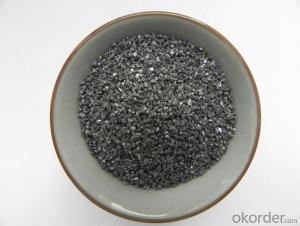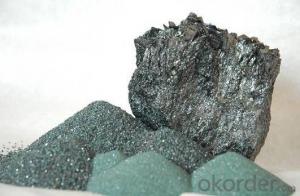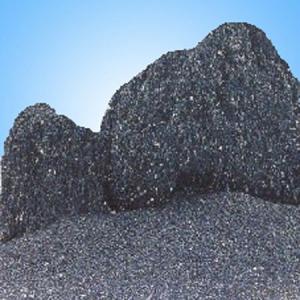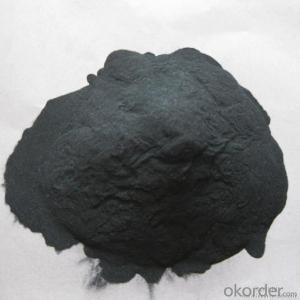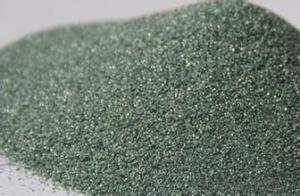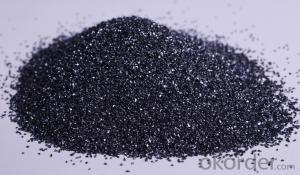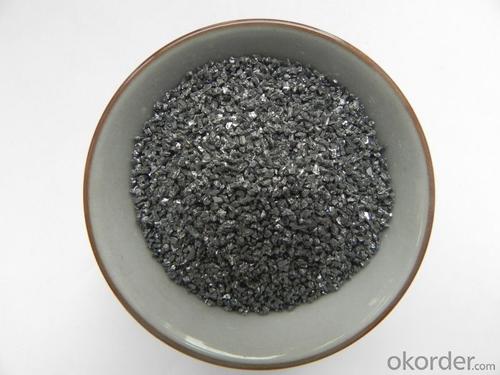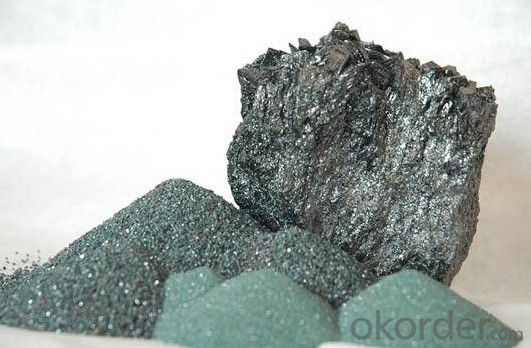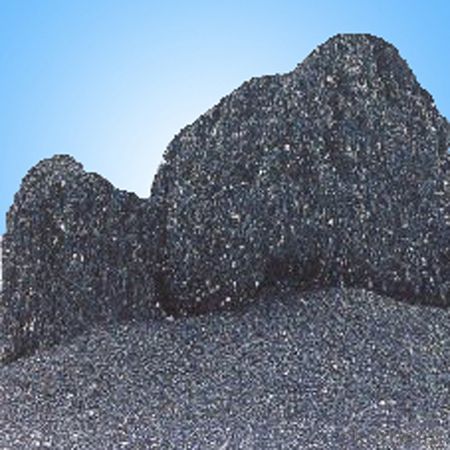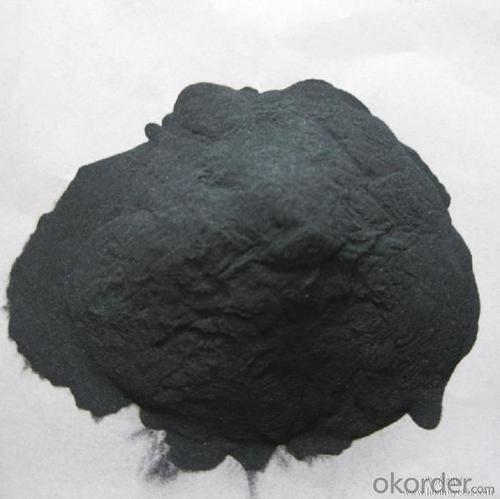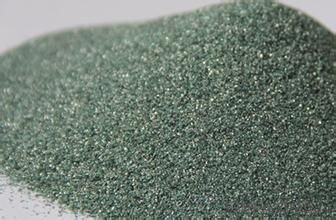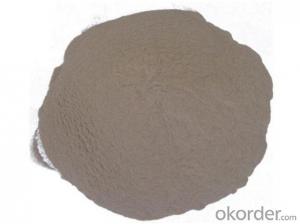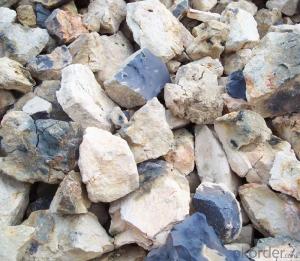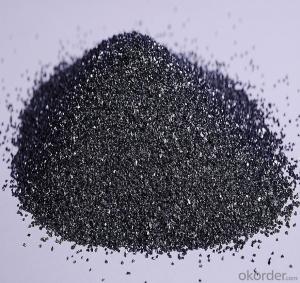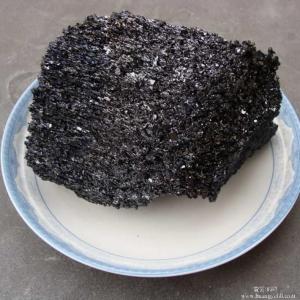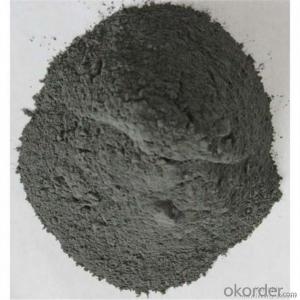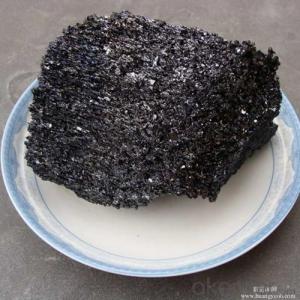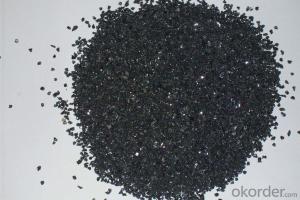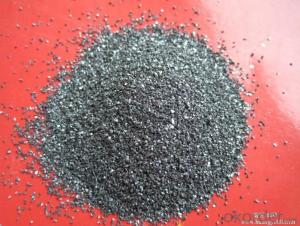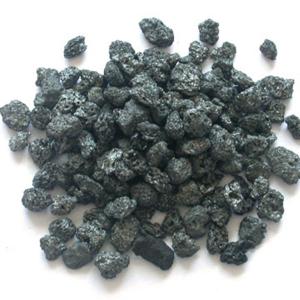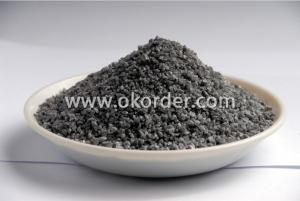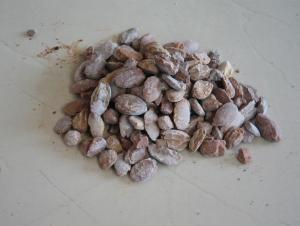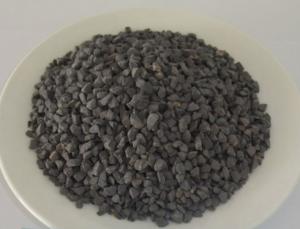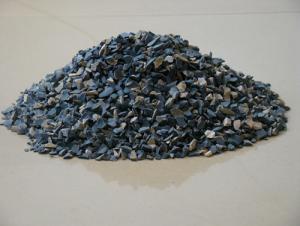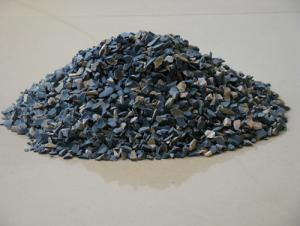Raw Materials for Refractory:SIC 97.8% Black Silicon Carbide 60 Mesh for Coated Abrasives
- Loading Port:
- Tianjin
- Payment Terms:
- TT OR LC
- Min Order Qty:
- 25 m.t.
- Supply Capability:
- 3000 m.t./month
OKorder Service Pledge
OKorder Financial Service
You Might Also Like
SiC 97.8% black silicon carbide 60 mesh for Coated abrasives
1.Structure of Silicon Carbide Description
Black Silicon Carbide is produced with high temperature in a electric resistant furnace from a mixture of quartz sand and petroleum coke.
Black silicon carbide is typically used for working on cast iron ,non-ferrous metals, stone, leather, rubber, and other materials which requires sharp cutting characteristics. The mineral is also used widely as a refractory material and metallurgical additive.
2.Main Features of the Calcined Bauxite
Its hardness is between that of fused alumina and synthetic diamond and mechancial intensity of it is also greater than that of fused alumina. It is brittle and very sharp and has a certain degree of electrical and heat conductivity.
3.Main usage of the Calcined Bauxite
1.Grinding non-ferrous materials, rock, stone, leather, rubber, finishing tough and hard materials
2.Bonded abrasive tools, lapping and polishing
3.Widely used as a metallurgical additive and refractory material
4.Refractory
4. Calcined Bauxite Images
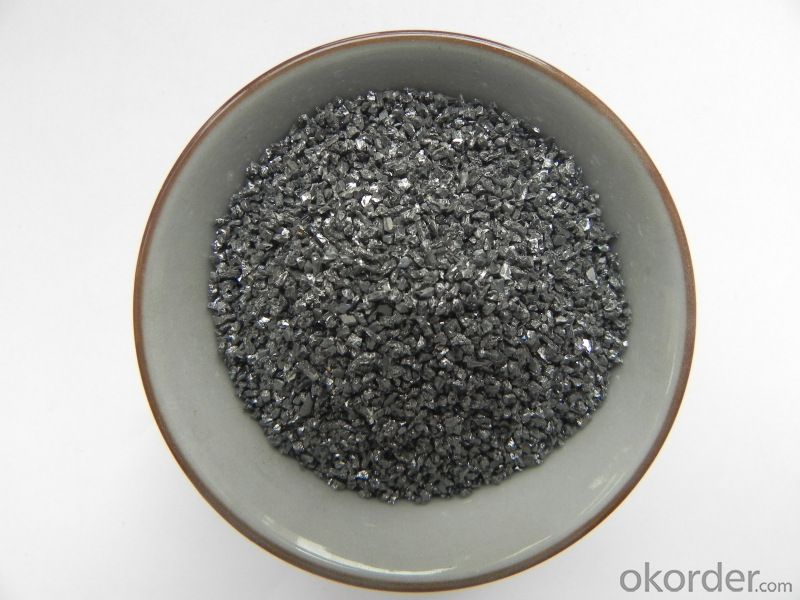
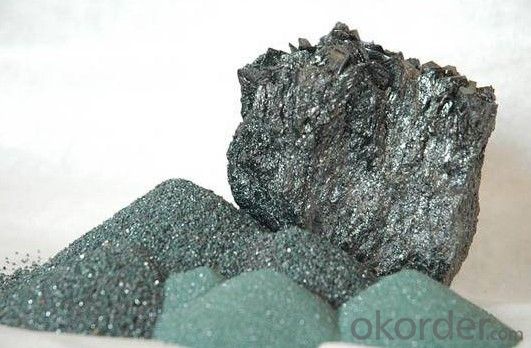
5. Calcined Bauxite Specification
Black Silicon Carbide is produced at high temperature in electric resistance type furnace with quarts sand and petroleum coke as its main raw materials.
Its hardness is between Aluminum Oxide and Synthetic Diamond.
Mechanical intensity of it is higher than Aluminum Oxide.
Black Silicon Carbide is brittle and sharp and has electrical and heat conductivity in some degree.
6.FAQ of Calcined Bauxite
1). Q: Are you a factory or trading company?
A: We are a factory.
2). Q: Where is your factory located? How can I visit there?
A: Our factory is located in Ningxia, China. You are warmly welcomed to visit us!
3). Q: How can I get some samples?
A: Please contact me for samples
- Q: What are unshaped fire-resisitance materials?
- Refractory castable, refractory plastic material, usually classified according to construction and manufacture method, unfired bricks precast block, refractory pressed into material, refractory cast material, refractory coating, refractory ramming material there are many classification methods
- Q: What is streaming fireproof material?
- Since streaming fireproof material has less surface energy, so when it is placed in a location to be used, it can be automatically filled so long as mixed with water at proper ratio. And then using vibrator or vibrostand and other tools to compact the mixture so as to satisfy the use requirements. Therefore, it does not require vibration, and it has less friction force between the particles. Generally hydraulic refractory castable must be mixed with water at proper ratio when in construction . While, the concept of "streaming" is in terms of refractory castable.
- Q: How long can gypsum board endure fire?
- General gypsum plaster board with a thickness of less than 12mm has a fire endurance which is less than half an hour. Scheme One of gypsum board partition system by using 75# series of lightgage steel joist: separation distance of keels keep 600mm in vertical direction. The thickness is greater than 0.5mm; gypsum board: it shoule be the board of double-sided and single-layer with the thickness of 12mm. Fire-resistant gypsum plaster board's fire-resistance limit: 1 hour. Sound insulation index: over 35 rwdb.
- Q: How to count the construction costs of refractories?
- In winter, the temperature of the the fire-resistant masonry, fire-resistant plastic, sodium silicate, phosphoric?acid castable should be maintained above 5 ℃. Usually greenhouses in which heating facilities are installed to maintain the appropriate temperaturere for the construction environment should be erected in refractory masonry. The temperature around the construction site of the industrial furnace and refractory masonry shall not be lower than 5 ℃.
- Q: What are the differences and connections between softening temperature of the refractory under a fixed load and thermal resistant creep property of the refractory?
- The result of refractoriness under load is temperature while the result of creep is percentage of deformation. Refractoriness under load and creep can be tested by an instrument. Refractoriness under load reflects the temperature in which the deformation reaches a certain degree under the condition of load. Creep reflects the deformation refractory has under the condition of constant temperature and load. Both refractoriness under load and creep are important criterion for the operating temperature of refractory.
- Q: What kind of refractory materials can withstand 1500℃ when processing briquette stove core and meanwhile cost less?
- The main material is quartz sand and it is the cheapest, and can resist 1500℃ without any difficulty.
- Q: Does anyone know what is a lightweight refractory material?
- Light weighted castable is one of the kind.
- Q: Does anyone knows which company produces the better refractory materials?
- A:Building Materials Company of Guangzhou: Near the Baiyun District, Baiyun District, Guangzhou Road, North Road. B:Guangzhou Research & Development Co., ltd.: Liwan District Fengyuan road No.90 in Guangzhou City C: Huitailong decoration materials Co., Ltd.:the 30th floor of No. 111 Pacific Center, Taikang Road, Yuexiu District Guangzhou City D:Guangdong metal materials company: Near Qishan Road, Tianhe District , Guangzhou city.
- Q: Are there any differences between insulation and refractory materials ?
- First, refractory materials can resist more than 1200 degrees, some of which are not insulation materials, such as firebricks, which can directly contact with heat source, has little insulation effect. Ceramic fiber, high silica, etc. are all refractory materials which can insulate. Second, insulation materials with poor performance usually is lower than 800 degrees, which have large thermal resistance, and low thermal conductivity, high porosity. Thus they reduce the thermal loss. To put it simply, insulation materials store most of the heat and only let a small part of heat lose through the air, thus the heat has been isolated. Glass fiber, rock wool, flexible material for thermal insulation, etc.
- Q: What are the main materials in concrete fireproofing material?
- fireproofing materials mainly consist of class A incombustible?material and class B1 nonflammable material. Class A incombustible?material: Granite, marble, terrazzo, cement products, concrete products, gypsum board, lime products, clay products, glass, tiles, mosaics, steel, aluminum, copper alloy; class B1 nonflammable material: Ceiling materials, dry wall, fibrous plaster.
Send your message to us
Raw Materials for Refractory:SIC 97.8% Black Silicon Carbide 60 Mesh for Coated Abrasives
- Loading Port:
- Tianjin
- Payment Terms:
- TT OR LC
- Min Order Qty:
- 25 m.t.
- Supply Capability:
- 3000 m.t./month
OKorder Service Pledge
OKorder Financial Service
Similar products
Hot products
Hot Searches
Related keywords
